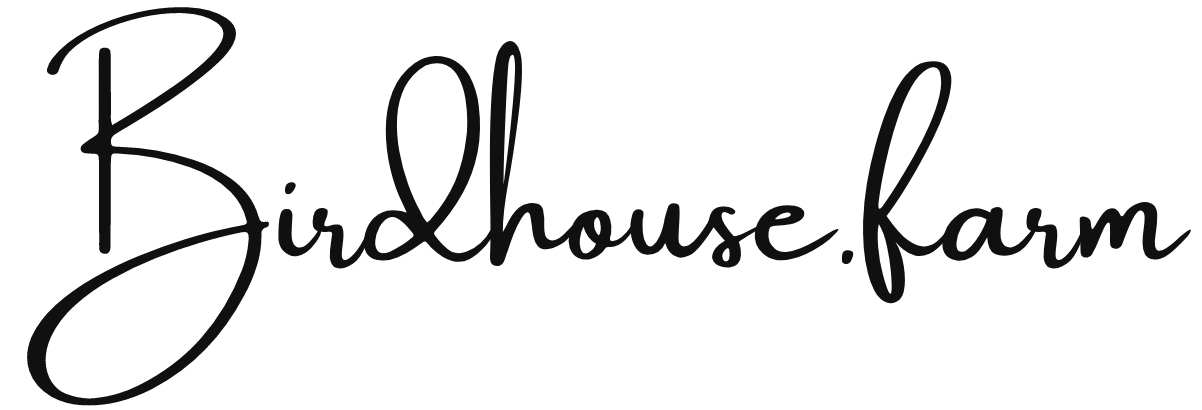Creating Animal Corridors: Transforming Lawns with Native Plants
In urban and suburban landscapes dominated by neatly manicured lawns, the concept of creating animal corridors through native plantings is gaining momentum as a powerful way to support biodiversity and wildlife conservation. Traditional grass lawns offer little in terms of habitat or food sources for local wildlife, whereas native plants can provide essential resources and connectivity for animals. In this article, we'll explore how letting your lawn grow and planting native plants can transform your outdoor space into vital animal corridors.
Understanding Animal Corridors
Animal corridors are pathways or connections between habitats that allow wildlife to move freely and safely through landscapes. These corridors are crucial for maintaining genetic diversity, enabling migration, and ensuring the survival of species in fragmented habitats. By replacing traditional grass lawns with native plants, homeowners can create mini ecosystems that support local wildlife and contribute to broader conservation efforts.
Benefits of Native Plants Over Grass Lawns
Habitat and Food Sources: Native plants provide food, shelter, and nesting sites for a wide range of wildlife, including birds, butterflies, bees, and small mammals. Unlike grass lawns, which offer limited biodiversity, native plants attract a diverse array of species essential for ecosystem health.
Water Conservation: Native plants are well-adapted to local climate conditions, requiring less water once established compared to traditional turf grasses. This reduces the need for irrigation and supports water conservation efforts in regions prone to drought.
Pollinator Support: Many native plants are excellent sources of nectar and pollen for pollinators such as bees, butterflies, and hummingbirds. By creating habitats rich in native plants, homeowners can contribute to the survival and abundance of essential pollinator species.
Steps to Creating Animal Corridors
Assess Your Landscape: Evaluate your yard to identify areas suitable for converting from grass lawns to native plantings. Consider factors such as sunlight exposure, soil type, and existing vegetation.
Choose Native Plants: Select a variety of native plants that are well-suited to your region's climate and soil conditions. Choose species that offer food sources and habitat for local wildlife throughout the year, including flowering plants, shrubs, and trees.
Plan for Diversity: Aim for diversity in plant species to support a wide range of wildlife. Include plants with different bloom times to provide continuous food sources and nesting materials throughout the seasons.
Maintenance and Care: Once established, native plantings generally require less maintenance than traditional lawns. Periodically remove invasive species and weeds to promote the health and diversity of your native plant community.
Community Impact and Conservation
Creating animal corridors through native plantings extends beyond individual yards; it can contribute to larger-scale conservation efforts. When homeowners collectively replace grass lawns with native plants, they create interconnected habitats that form corridors for wildlife movement and genetic exchange. This collective action helps mitigate habitat fragmentation and enhances biodiversity in urban and suburban environments.
Embracing Sustainable Landscaping for Wildlife
Transforming grass lawns into animal corridors through native plantings is a powerful way for homeowners to support wildlife conservation and enhance biodiversity in their communities. By embracing native plants, you not only create beautiful and resilient landscapes but also contribute to the health and sustainability of local ecosystems. Whether you have a small yard or extensive property, every effort to incorporate native plants makes a difference in creating vital habitats and pathways for wildlife. Join the movement towards sustainable landscaping and discover the rewards of creating thriving animal corridors right outside your doorstep.

